Kuala Lumpur, the capital of Malaysia, is a modern metropolis with plenty to offer tourists. Alongside the iconic Petronas Towers, one of the most popular attractions in Kuala Lumpur is the distinctive Batu Caves. This impressive and distinctive temple complex may be far from the city center, but you’re really missing out if you don’t visit the Batu Caves while you’re in Kuala Lumpur.
To show you what’s so special about the Batu Caves and how it’s best to go about visiting them, we’ve compiled lots of advice and information in this guide to the Batu Caves.
Brief Background to the Batu Caves
Before we dive into the logistics of visiting and what there is to see at the Batu Caves in Malaysia, a brief overview of the complex may be helpful. The Batu Caves are a series of caves among limestone hills in the district of Gombak, to the north of Kuala Lumpur, and they combine an interesting natural landscape with a major place of worship and some striking sights.
While the hills are considerable and quite scenic, what makes them special is that they’re home to one of the largest and most popular Hindu shrines in the world outside of India. But there wasn’t always a shrine in the caves, and for quite some time it was used by indigenous locals and Chinese settlers to collect bat guano. Things changed, however, when the American Naturalist William Hornaday made the caves known to the international community in 1878.
A little more than a decade later, they caught the attention of K. Thamboosamy Pillay, a leader of the Tamil Hindu community in Malaysia. In 1891, he had a shrine built to the Hindu god Lord Murugan within the largest of the caves, and the next year, the Hindu festival of Thaipusam was celebrated at the site. To this day pilgrims still come to the Batu Caves for the festival.
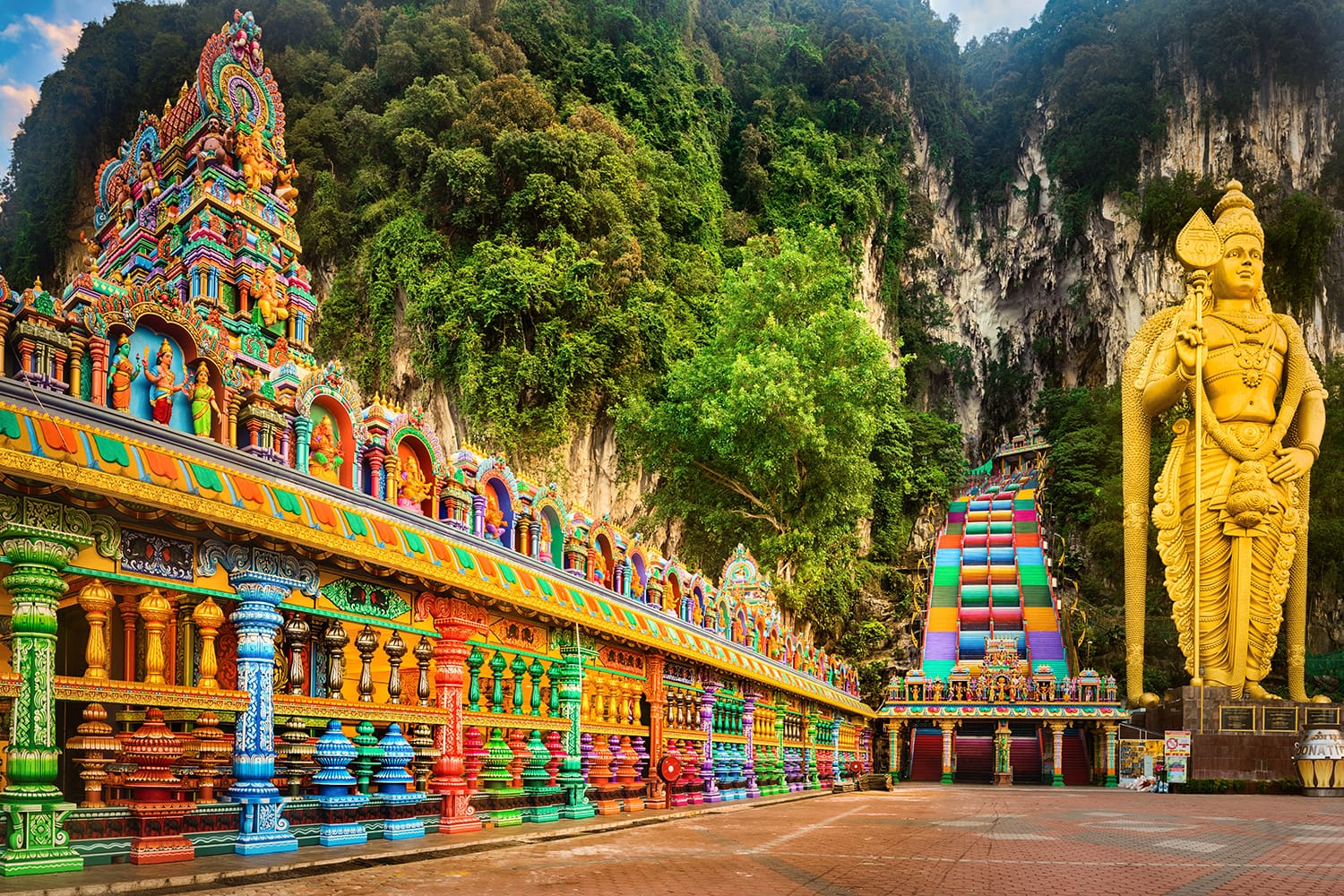
Best Time to Visit the Batu Caves
There are several considerations for choosing the best time to visit the Batu Caves and Kuala Lumpur. In terms of weather, the city’s position near the equator and its tropical climate mean temperatures don’t vary much. Instead, you need to factor in the region’s monsoon seasons. Kuala Lumpur experiences its heaviest rains during March and April, so between May and July is widely considered the best time to visit the city.
However, it’s worth keeping in mind that the Batu Caves are a Hindu site and are therefore central to Hindu festivals, including the annual celebration of Thaipusam. This three-day festival typically takes place in either late January or early February and features processions and huge crowds of pilgrims. That could be a good or bad thing depending on what you want to experience.
As for the best time during the day to visit, earlier is generally better. The gates open at 6 a.m., and you can expect it to be mostly free of other tourists for the first few hours of the day. The other benefit of arriving early is that you won’t have to contend with the heat quite yet. That said, the Dark Cave doesn’t open until 9.30 a.m.
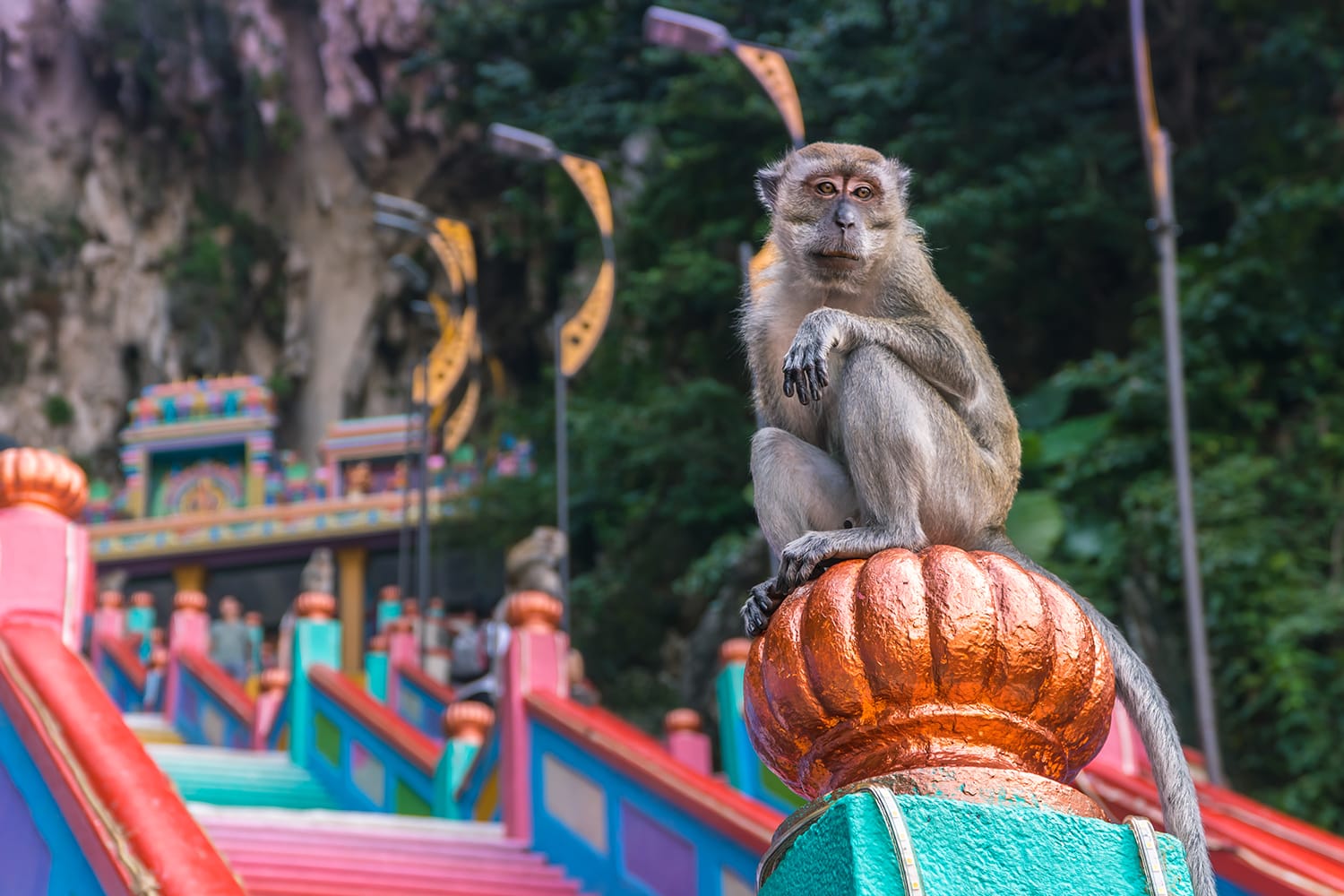
Getting to the Batu Caves
Travelers will be pleased to hear that there are several options for how to get to the Batu Caves from Kuala Lumpur.
By train: KTM commuter trains are the easiest option for reaching the caves and depart regularly from Kuala Lumpur Sentral station to the Batu Caves station, taking 30 minutes. A one-way ticket costs RM2.60.
By bus: It’s also possible to use the city’s bus network to travel to the Batu Caves, although the train is a better, faster option. Take the 11/11D from the bus stop near Central Market or the U6 from Chow Kit to reach the caves.
By tour: If you prefer not to worry about transport and would like to be shown around the site, then a guided tour is the way to go. While more expensive than public transport, tours are still reasonably priced and often include other cultural attractions in the area. You can book a guided tour to the Batu Caves here.
By taxi: The quickest option for getting to the Batu Caves is by taxi. The caves are roughly a 15-minute drive from the city center. Prices depend on whether you ask the driver to wait around for you, but expect to pay up to RM40 one way.
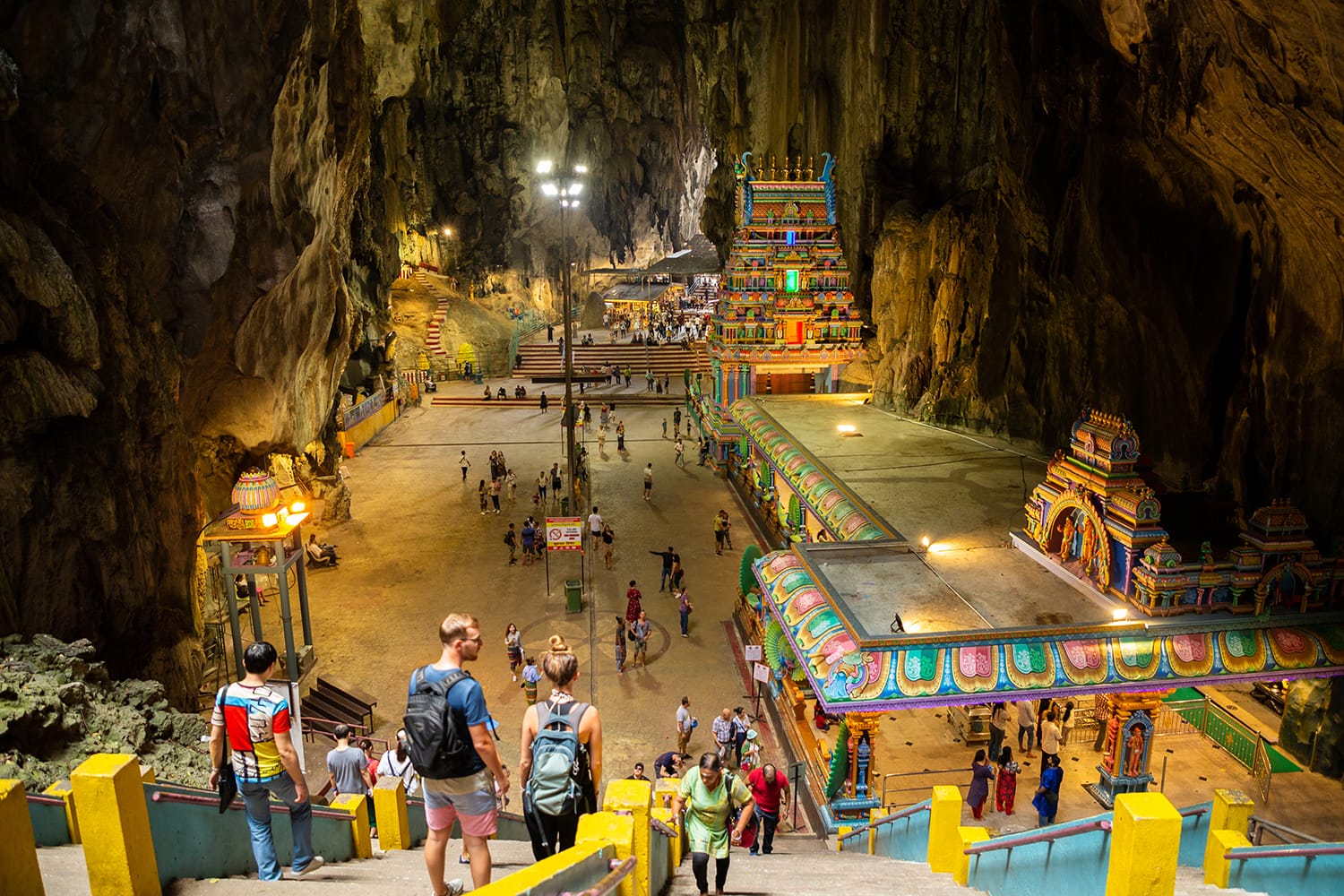
Budgeting Your Time at the Batu Caves
When planning a trip to the Batu Caves, you’ll no doubt want to know how much time to set aside in your Kuala Lumpur itinerary. Most visitors find that two to four hours allow you to experience the site comfortably. However, be sure to budget more time if you want to do the Adventure Tour in the Dark Cave because it can last several hours on its own.
Costs for Entering the Batu Caves
One of the many reasons the Batu Caves are popular with tourists is that there is no entrance fee for the main temple complex, although it is possible to make a donation. This means that if you stick to the main cave, you only need to worry about the cost of getting there and back.
Not every part of the site has free access, though. Each of the smaller caves, such as the Ramayana Cave and Dark Cave, has its own small entrance fee. Entry to the Ramayana Cave is RM5, while the cheapest tour through the Dark Cave is RM35. The benefit of individual entrance fees for each side cave is that you can decide how much you want to see while you’re there.
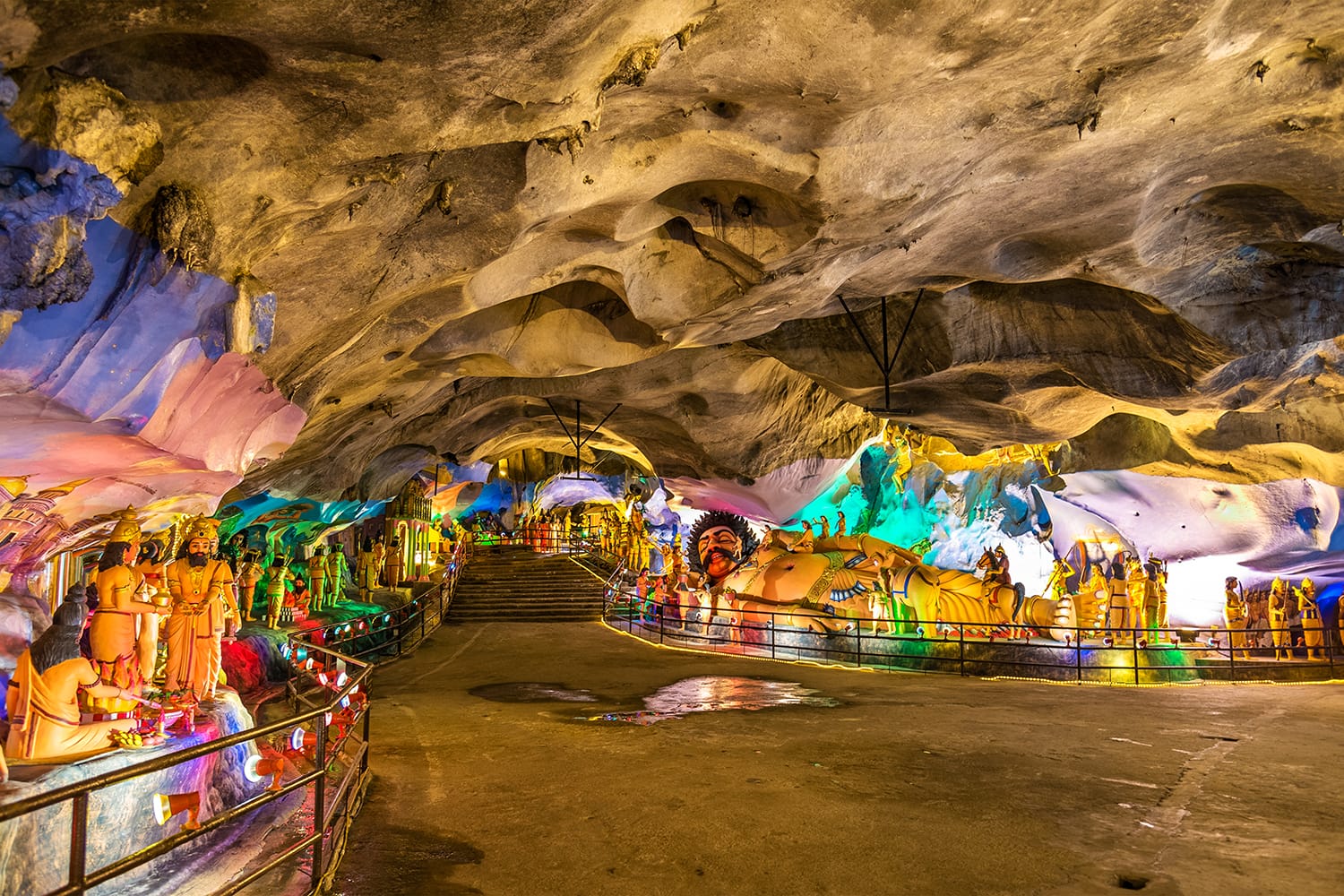
Tips for Visiting the Batu Caves
To help you get the most out of your experience, here are a few extra tips for visiting the Batu Caves.
1. Prepare for Warm Weather
Unless you’re visiting in the morning, you can expect at least warm and humid, if not downright sweltering, weather. So, you really need to come prepared, especially since you’ll be climbing a gargantuan staircase. That means you’ll want to bring a water bottle to stay hydrated and have appropriate sun protection.
2. Dress Modestly
One thing that’s important to remember is that the Batu Caves are an active place of worship. This means visitors are advised to show respect by dressing modestly and wearing clothes that cover their shoulders and knees.
3. Mind the Monkeys
When visiting the temple complex, you’re practically guaranteed to come across the population of macaque monkeys that call the Batu Caves home. Typical for monkeys at tourist attractions, these monkeys are known for their mischievous behavior, so it’s best to keep your guard up when you’re around them. It’s not uncommon for the monkeys to steal things like water bottles from tourists and even bite those who don’t give up items they’re trying to take.
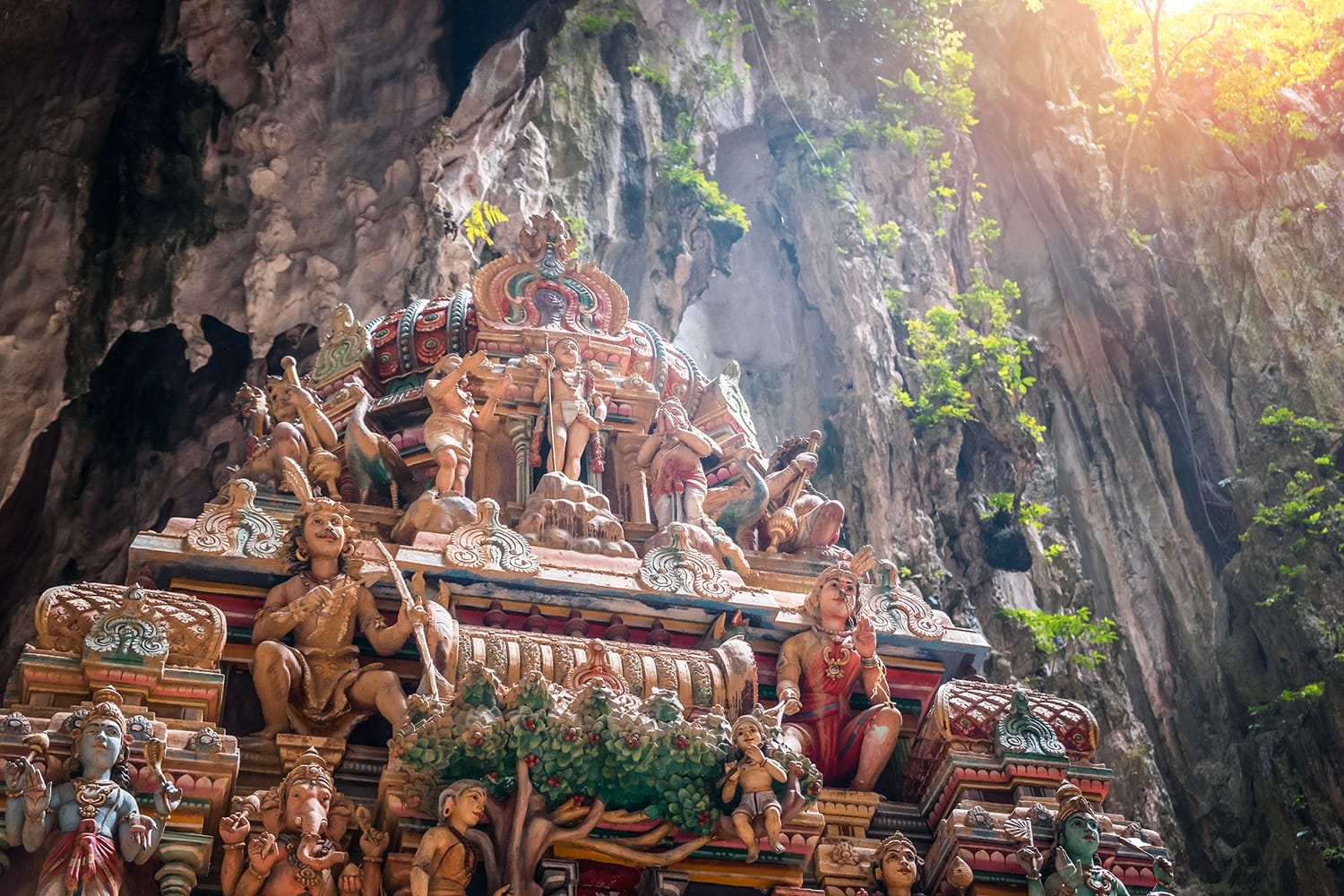
Best Things to Do at the Batu Caves
Now that you’re fully prepared to head to the Batu Caves in Kuala Lumpur, let’s look at how you make the most of your time there. Rather than cover every little part of the Batu Caves temple complex in detail, we’re going to focus on the best sights.
1. Lord Murugan Statue
It’s impossible to miss the statue of Lord Murugan when you arrive at the Batu Caves. After all, it is a magnificent, towering golden statue standing right at the entrance to the complex. Standing a mighty 42.7 meters (140 feet), this is the world’s tallest statue of the Hindu deity and has become the site’s iconic image, even though it was only added in 2006. Construction of the Murugan statue involved 300 liters (90 gallons) of gold paint, 250 tons of steel, and 1,500 cubic meters (52,972 cubic feet) of concrete.
2. Cave Staircase
At the base of the Murugan statue sits a large plaza area with long metal barriers leading to the entrance of the site, where a great staircase brings visitors and pilgrims to the Batu Caves and its temple. Originally built from wood in 1920, the 272 stairs were later replaced with concrete ones to better handle the heavy foot traffic.
The steep staircase, set against the limestone rock and lush vegetation, has long been a popular photography spot. However, in 2018, the stairs were vibrantly repainted, causing quite the stir on social media with their new look and making the complex even more photogenic.
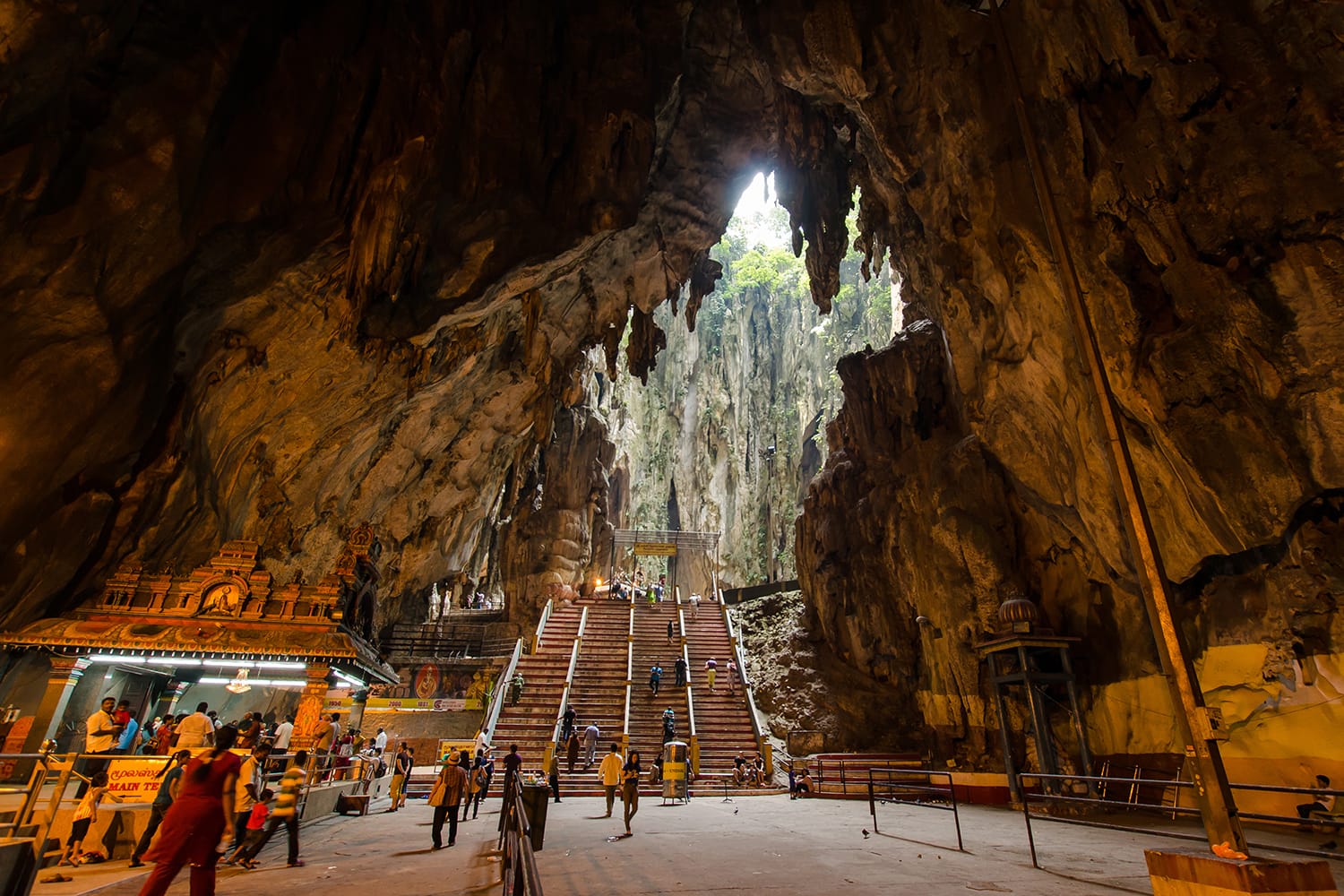
3. Temple Cave
Climb the great long staircase to reach the mouth of the Temple Cave, the heart of the Batu Caves complex. Step into the Temple Cave, and you’ll immediately notice just how massive this great cavern really is, with a ceiling that looms roughly 90 meters (295 feet) above you.
The cave features several Hindu shrines, as well as remains of old buildings carved into the walls. At the far end lies another, thankfully smaller set of stairs to a second open-air cavern. Here in the upper cavern lies the Sri Valli Deivanai temple, dedicated to the wife of Murugan. It’s this view of the temple surrounded by high stone walls with daylight pouring down that makes the climb up so worthwhile.
4. Dark Cave
Venturing back down the massive staircase, you’ll find a stopping area at the midway point that leads to the entrance to the Dark Cave. As its name suggests, the Dark Cave is not illuminated like the Temple Cave and is known for its wildlife, rock formations, and adventure activities.
To preserve the ecosystem of the cave, visits are limited to guided tours, with two different options available. The shorter, 45-minute tour takes you into the cave guided by headlamps to see rock formations, the resident bats, and maybe even a trapdoor spider. As for the longer tour, it offers the chance to go spelunking and squeeze through some of the cave’s narrower sections. The longer tour lasts several hours and is only available when booked in advance.
5. Ramayana Cave
One final cave worth visiting is the Ramayana Cave. Found 100 meters (328 feet) to the left of the entrance when you first arrive, the cave can be found by the large green statue of the Hindu god Hanuman standing outside it. Although the Ramayana Cave is far smaller and lower than the Temple Cave, it fills the space with countless statues, shrines, and colors to offer something completely different to the rest of the complex. You’ll also find far fewer visitors here, which gives the cave a more peaceful atmosphere.
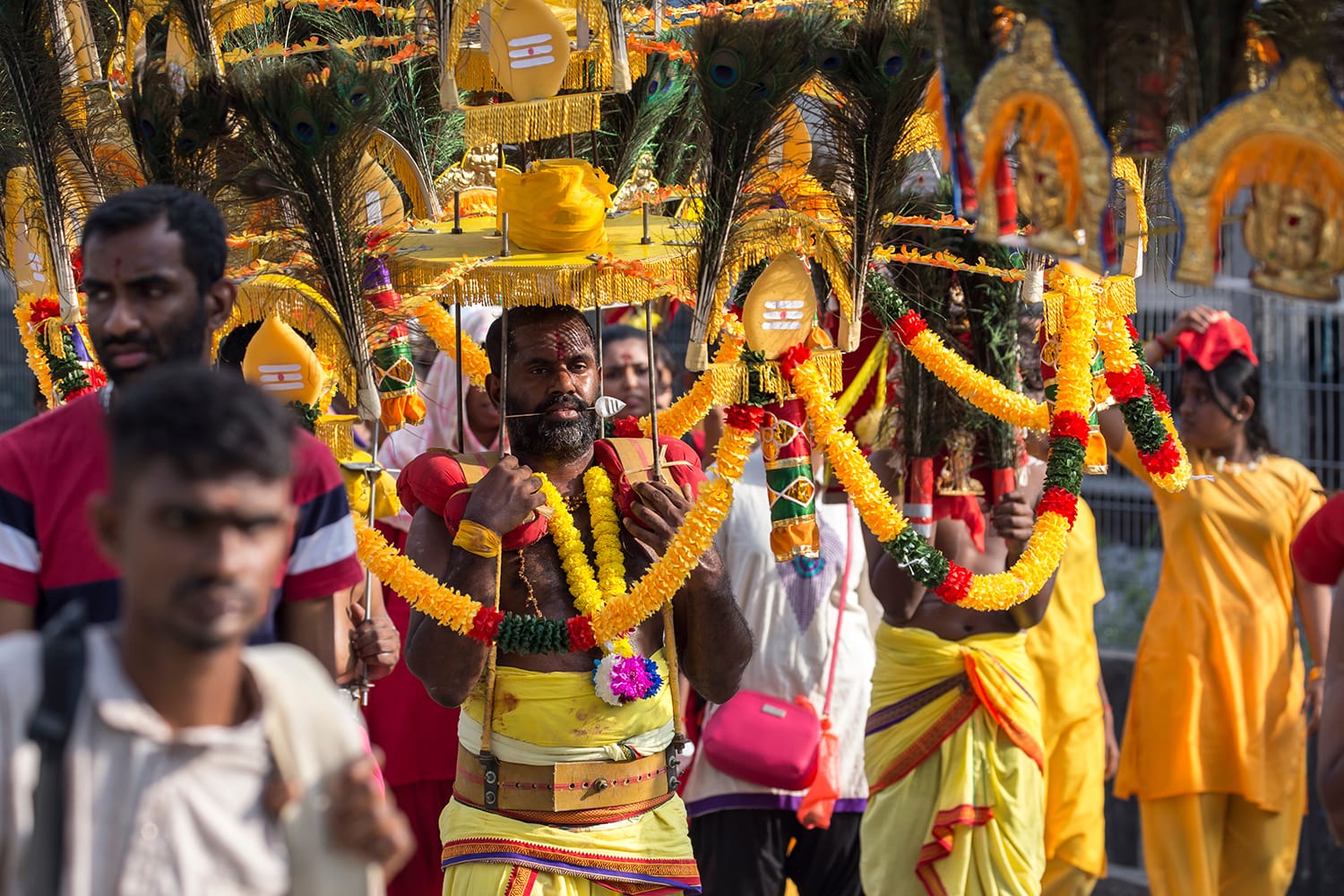
6. Rock Climbing
You don’t often hear about rock climbing at religious sites, but it’s easy to add it to your visit to the Batu Caves. Thanks to the rough and extensive limestone hills around the caves, the area has become quite a popular spot among rock climbers. Most of the many climbing routes are located on the northeastern side of the hill, opposite the temple’s entrance. Again, this is an activity best arranged in advance, either with a tour or after seeking advice from local rock climbers.
So there you have it, a thorough guide to what to expect when you add the Batu Caves to your Malaysia itinerary. You should now really be able to see why it’s one of the best places to visit in Malaysia and why you wouldn’t want to miss it.
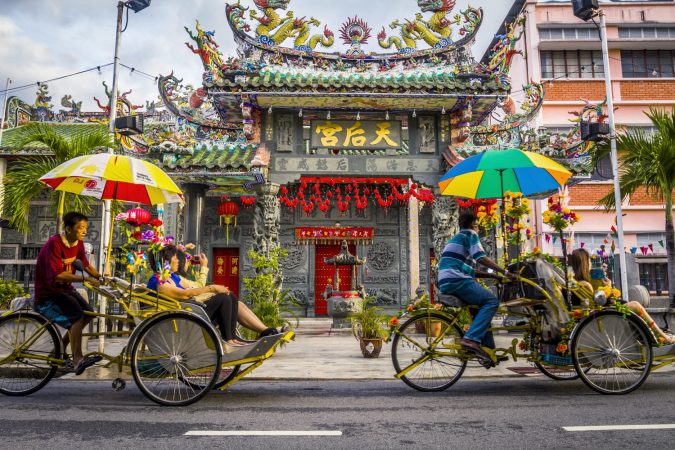
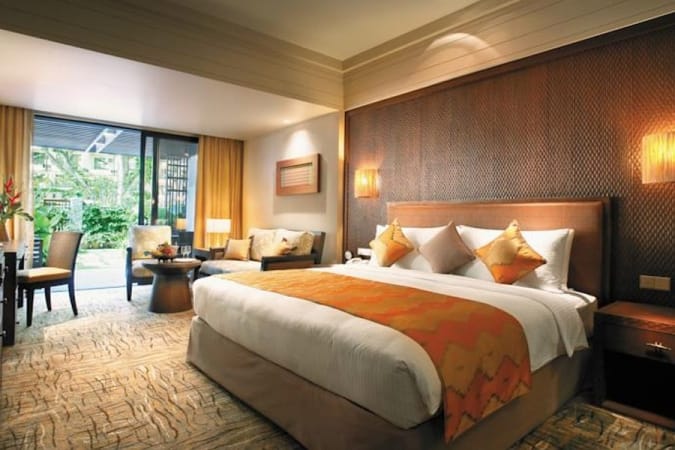


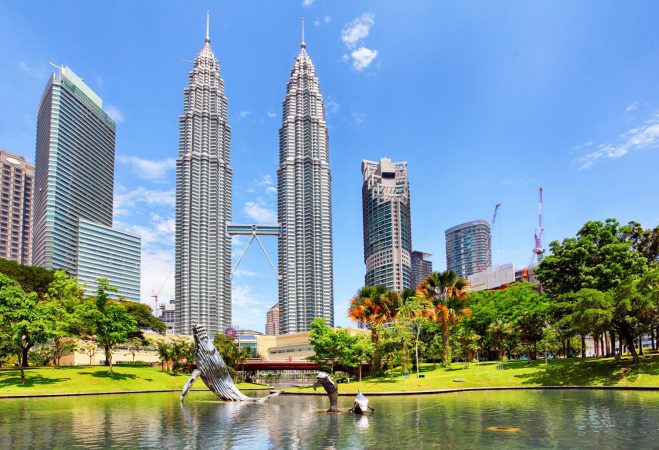
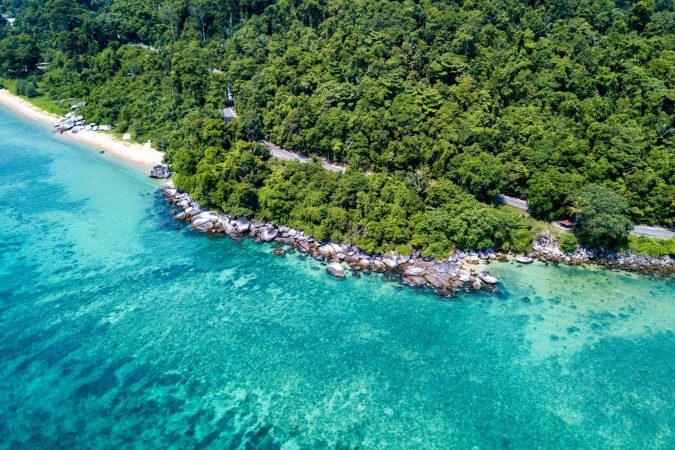
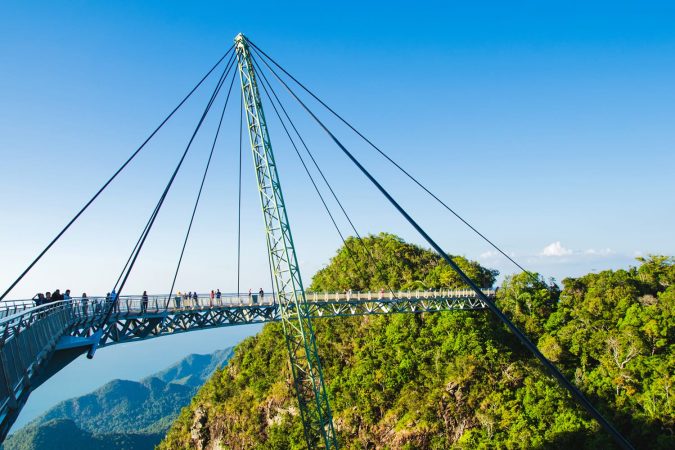
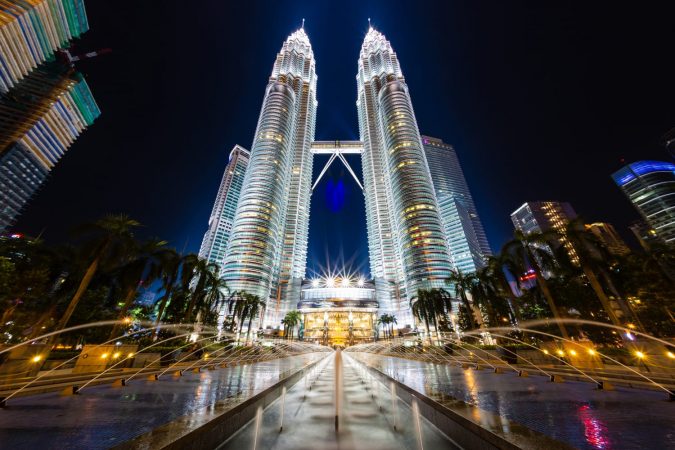
William
Sad, amazingly beautiful site sere it not for trash everywhere. Hardly the spiritual experience I had been led to expect.